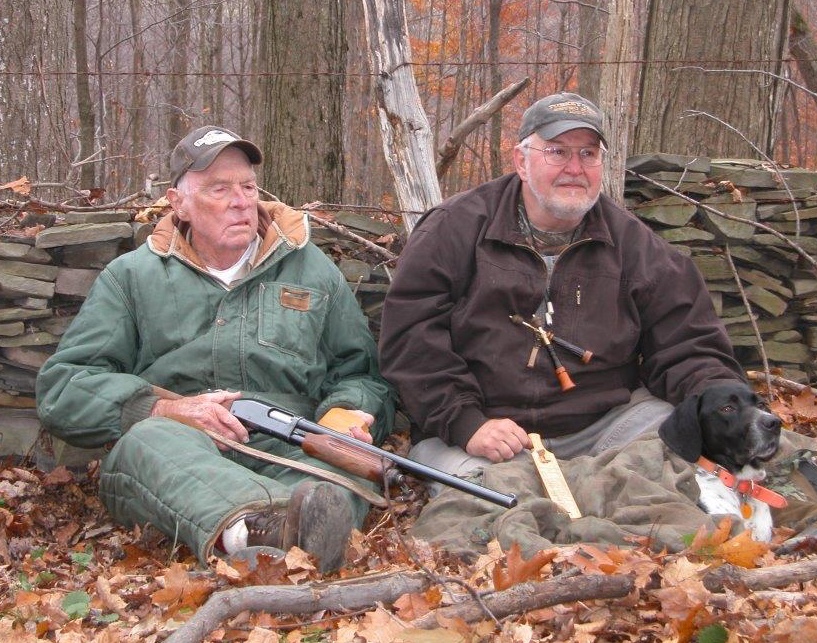Kee-Keeing: Jakes and Jennies Differentiated, and Why it Matters
All young turkeys whistle in fall, but boys and girls sound different. Make sure you’re using the right kee-kee sequence to converse with birds.
All young turkeys whistle in fall, but boys and girls sound different. Make sure you’re using the right kee-kee sequence to converse with birds.
Hunters commonly describe kee-kees and kee-kee runs as the calls of young turkeys, lumping the whistles and subsequent yelps of jakes and jennies under one umbrella. Some forget that their voices differ.
And although that might seem like a minor detail, it makes a big difference when calling fall turkeys. Ohio call maker and veteran autumn hunter Marlin Watkins knows.
“Now with all the audio available on the Internet, it’s easy to study the fine, clear yelping of a jenny hen and the coarse yelping of a young gobbler,” Watkins said. “With practice, it can easily be done on the paddle call (to replicate the yelps at the end of kee-kee runs).”
But he didn’t always think that way. When Watkins started fall hunting, mouth calls were the go-to for kee-kees and kee-kee runs, which hunters commonly use to reassemble young birds after scattering a family flock. Through time, he realized that fall turkeys undergo transitions as the season progresses, and much of that involves their voices.
“Early in the season, we would do hen kee-kee runs to start our calling,” he said. “You could have birds keeing on all sides of you, and then the brood hen would start her assembly yelping, and all calling from juvenile birds immediately ceased. If you didn’t go and run the brood hen off, it was over. As the season progressed, it seems the young gobblers are the focal point of the reassembly, and you rarely hear the brood hen. This is when I began to understand that, generally, fall birds come to birds of their own gender. You can jenny hen kee-kee until you’re hoarse, but a young gobbler will rarely come. But if you start with a jenny hen kee and a young gobbler responds with his kee-kee and course yelping, and you immediately respond with the same calling, both young hens and gobblers will come to this call. Once I understood this, the paddle call became my call of choice.”
The reason? Paddle calls offer versatility and ease of use, letting you quickly match the keekee or kee-kee run of jakes or jennies.

“A good paddle call has [the sounds of] three turkeys on each rail, plus a kee-kee at the front of the rail,” Watkins said. “If I want to produce a jenny kee-kee run, I do my kee-kee at the very front of the rail and my jenny hen yelp right behind the kee-kee area. This spot on a paddle call produces the high, clean, nasal yelp of a young hen. The middle of the rail produces the yelp of an adult hen, and the back produces the jake or gobbler sounds. With the paddle call, I can do my jenny hen kee-kee run and immediately switch to a jake kee-kee run just by dropping the lid from the kee up front to the jake down in the throat of the call. Also, if the first bird to respond is an adult hen, I can switch to adult hen talk in the middle of the call.”
Watkins said expert mouth callers might be able to accomplish similar switches, but it’s difficult without changing diaphragm calls. Some callers can do it on a trumpet call, but only the most skilled.
“With a paddle call, it can be done the easiest, and from experience, I know firsthand how effective it is,” he said. “I’ve seen the paddle call make birds totally ignore and walk right past expert callers strictly because it was producing the exact language the bird wanted to hear.”
